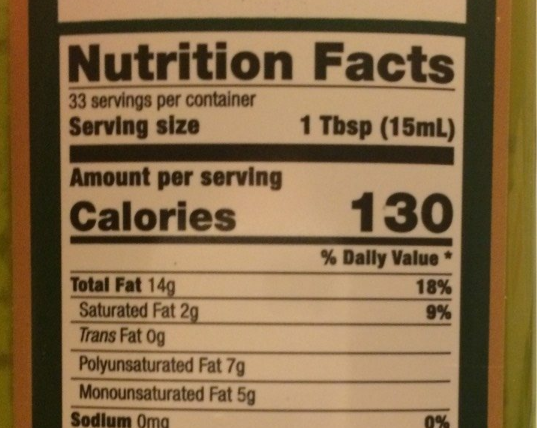 As of earlier this year, the Food and Drug Administration has adjusted the Nutrition Facts label that you see on packaged foods to better represent what makes up a healthy diet and how the foods people choose contribute to that diet. This new label, required on all packaged foods both made in the U.S and imported, has several changes that have been incorporated this year. The infographic below, courtesy of Westfalia Technologies, details these changes.
As of earlier this year, the Food and Drug Administration has adjusted the Nutrition Facts label that you see on packaged foods to better represent what makes up a healthy diet and how the foods people choose contribute to that diet. This new label, required on all packaged foods both made in the U.S and imported, has several changes that have been incorporated this year. The infographic below, courtesy of Westfalia Technologies, details these changes.
The first change that will be the most noticeable is the prominence of the calorie count per serving of the packaged food. This was changed in an attempt to make shoppers more aware of the caloric intake they face with certain foods, and hopefully make positive health-conscious decisions based on this information. In addition to this, serving sizes have been adjusted to represent the way that these items are often consumed. An example of this can be seen in most sodas or colas. Previously, if you purchased a 20-oz soda, the bottle would’ve suggested that you consume the soda in more than two servings. This was unrealistic of most soda drinkers, and as such, the label has been adjusted to give a more precise view of the number of calories that consumers will intake per the bottle entirely rather than those two split servings.
Another important change comes from the removal of the calories from fat unit of the label, This was in part due to research that indicates it is much more important to track the types of fats consumed from individual’s diets rather than focusing on the overall amount. Which is why now labels will inform you of the amount of unhealthy saturated and trans fats that your food is made up of. This change is also reflected in the display of the micronutrients to encourage consumers to meet their daily recommended quantities.
Another important change that is meant to encourage a more health-conscious consumer is the inclusion of calories from sugars that are introduced in the processing or packaging states of food products. The label will reference these as added sugars. This information allows consumers to choose alternatives for their choices that have lower amounts of added sugar as it is suggested that your daily caloric intake should include less added sugars and more natural ingredients. All of these changes in conjunction with one another create an easier shopping experience for consumers that are health-conscious and are trying to take a step towards a healthier diet.
Author bio:John Hinchey is VP of Sales for Westfalia Technologies, Inc., a leading provider of logistics solutions for plants, warehouses and distribution centers. He has more than 20 years of experience in manufacturing and warehouse automation.
